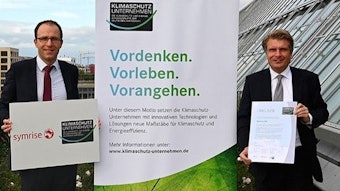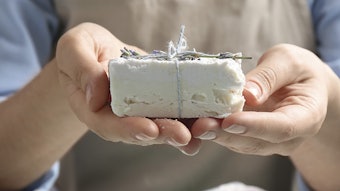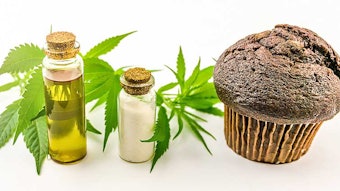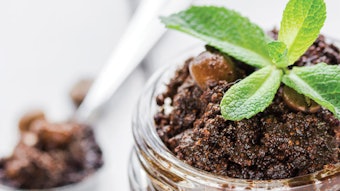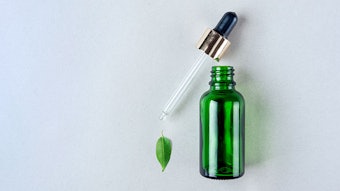As skin care technology evolves, so do the claims for skin care products. Throughout the years, we have seen marketing claims shift based on either new and novel ingredients or on new technologies, but all focusing on anti-aging, acne, hydration and specialized treatments like whitening/brightening. Claims like skin softening and smoothing, reducing the appearance of fine lines and wrinkles, and moisturizing are so common place that beauty companies welcome these novel ingredients and technologies to provide new claims, or at least a unique source for these claims.
Clearly the types of claims being made differ by product category and function as well as by geographical region, but have become increasingly bolder as beauty companies look to differentiate themselves from the competition. In addition, new trends in product and ingredient delivery, particularly from Korea—think oil cleansers, BB creams and sheet masks, as well as fermented and encapsulated ingredients—have also provided cosmetic marketers with new claims and different ways to position existing products.
Claims Challenges
Almost all of the new ingredient trends are based on natural ingredients or new delivery systems, and making claims around them presents challenges. Natural ingredient trends happen quickly, and in response, depending on the raw material manufacturer, the amount and type of safety and efficacy data available can vary from solid scientific studies to historical references, home remedies and support from the food industry. Where this can become problematic is if safety is not fully determined, the level of efficacy is unknown or not followed and the benefits between dermal application and ingestion are assumed.
Beauty companies wishing to cash in on natural ingredient trends may fall victim to the increasing scrutiny of the new claims by governmental agencies associated with their use. There are three basic pitfalls: lack of claims support/overstated benefits, “fairy dust” levels and natural product claims. Since most of these claims result from the use of novel ingredients, most often companies will succumb to one or more of these pitfalls.
The first pitfall is to base or imply final product efficacy on the known or suspected benefits of the ingredient. This occurs when the efficacy data on the raw material is used to support the advertising claims on the final product in place of efficacy testing of the final product for that specific claim. For example, the claim “Product X, rich in essential minerals, amino acids, beta-glucans and vitamins restores skin elasticity and provides wrinkle reduction” if based on the novel ingredient rather than the testing of the final formula can result in governmental action, if questioned. Equally dangerous is to test the final product for a specific benefit and then to attribute this benefit solely to the novel ingredient without isolating the benefit of the ingredient.
Even “known to” or “contains” claims, such as “specially formulated with gingko biloba known to stimulate collagen,” become problematic, particularly since many of these claims are structure/function in nature.
Another common ingredient benefit claim is the implied claim. For example, “Product X, rich in rose hips oil, a natural source of antioxidant vitamin C,” may be considered to imply that the product itself is rich in vitamin C when in fact it may only contain vitamin C at very low or “fairy dust” levels. If the claim is worded such that “vitamin C helps to neutralize free radicals,” then it could be interpreted as the product helping to neutralize free radicals simply because it contains rose hips oil, a natural source of vitamin C.
Even claims that are generally well-socialized for existing ingredients must be proven to ensure that the product provides the stated benefit. For example, the claim “rich in hyaluronic acid for long lasting hydration” will require testing to support long lasting, even though the accepted—known—function of hyaluronic acid is to draw moisture into the skin.
The second pitfall is to use the novel ingredient at very low, or “fairy dust,” levels and make efficacy- or ingredient-based claims. If an ingredient has been clinically tested and shown to provide efficacy at a specific level, then the ingredient should be added to the final formula at that level to ensure that the ingredient-based claim is valid. For example, if an ingredient was clinically tested at levels of 1.5 to 3.0%—the recommended use level—and shown to even skin tone in six weeks, then it would need to be added to the final formula at that level for the claim to be supported. However, if the ingredient were used in the final formula at 0.05%, the associated efficacy claims would be invalid. Using this example, a final formula containing ingredient X at 0.05% could not claim that it “evens skin tone in six weeks” just because the product has been formulated with the ingredient.
Conversely, if there is no established use level, the ingredient could be used at a level that is unsafe and may cause irritation. This illustrates the importance of selecting ingredients that have been tested and documented for safety.
Lastly, some products are positioned as natural because they include a novel ingredient. While standards that govern the positioning of a product as natural are in place, the U.S. Food and Drug Administration has not defined the term “natural,” nor has it established a regulatory definition for this term in cosmetic labeling.
That said, governmental bodies will require that labeling of natural ingredients be truthful. Organizations such as NaTrue, BDIH, ISO, Cosmebio and the Natural Products Association are good sources of information on natural standards. The key will be the development of a universal standard with harmonized definitions for natural and organic cosmetics.


